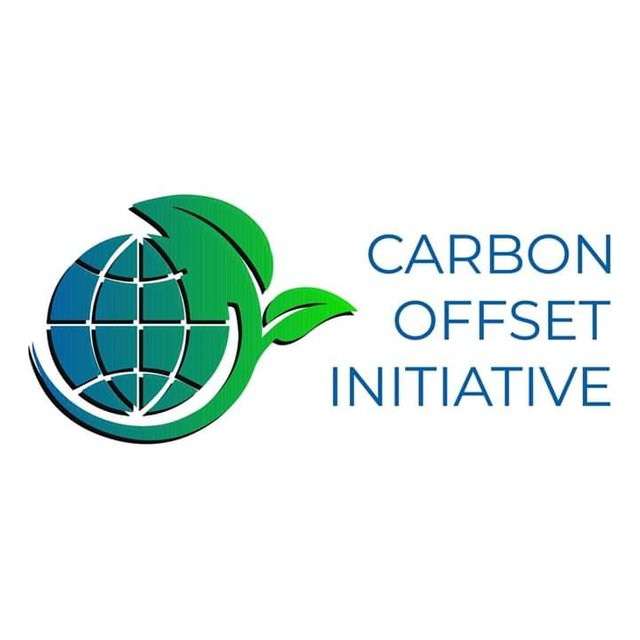Carbon Offset Iniative - The Green Revolution

The green revolution was a time of notable set of technological research which occurred between the 1950's and the late 1960's, and caused a massive increase in the production output of agricultural products worldwide.
The adoption of new technologies such as agrochemicals, chemical fertilizers, irrigation, and diverse methods of cultivation, including mechanization of operational tools, which superseded the 'traditional technology' system, where the prime catalyst behind the first ever green revolution. This new farming techniques and advances in agricultural and environmental technology intensified the results of the green revolution.
Current Issues Of The Green Revolution

Although the green revolution had several benefits, there is presently various issues associated with it's exploitations that has affected both the environment and society;
1.) The use of chemical fertilizers and synthetic herbicides and pesticides dramatically influenced the environment by increasing pollution and erosion.
2.) New materials added to the soil and plants polluted the soil and water systems around the fields.
3.) Continuous pollution of the water exposed people and the environment downstream to chemicals in the farm fields.
4.) It requires the use of non-sustainable resources to generate resources.
5.) It has advanced beyond current distribution networks which has been unable to keep up with the pace of production.
GREEN REVOLUTION MOTIVE
It has become necessary to develop and adopt green innovations into present day systems by substituting existing technologies for environmental friendly ones, increasing efficiency of current processes and recycling which would curtail issues regarding waste of resources.
For example alternatives to non-replenishable fossil fuels such as wind, biomass, solar thermal, geothermal, oceans, and hydroelectric power can go a long way in the revitalization of economies.
INTRODUCTION OF CARBON OFFSET INITIATIVE

Carbon Offset Iniative (COI), is born to positively optimize the 'bunker fuel-oil to slops to energy' cycle and curtail issues regarding waste management and emissions.
As presently, world pollution generated by Carbon-led production and globalization is attaining its peak, of whicu is a major threat worldwide.
The team behind COI believes that the 'green revolution' will be as globally impactful as tge 'internet revolution' or the 'industrial revolution', in terns of innovation and employment as well as investment opportunities.
The objective of COI is to solve problems in a new Mann by combining it's teams experience and network with digitalization and blockchain, bkth being powerful resources for implementation and success.
The mobilization and matching of both experience and research by the COI platform, is the first area COI aims to focus on, further progressing towards working deeply on electronic waste management.
It is believed that proper management by reusing/recycling materials already built in electronic devices, can also greatly curb electronic waste.
HOW WOULD COI CURTAIL THESE ISSUES?
The COI is a product of extensive research and experience in the area of waste management, recycling, of oily waters and slops. It focuses on answering the 3 main questions of companies and it's owners;
• Is the recycling job done legally, timely, and in quality manner for the given quantity?
• Are the involved parties paid according to agreements and minimum payments in cash?
• Have we overpaid?
To solve this issues, COI has devised a cost efficient, and easy to implement and operate solutions for remote monitoring of bunker and waste processing based on blockchain.
COI furthermore looks into ways of innovating the agricultural sector and environmental areas, as well as polluted waters. All in a bid to improve production at minimum environmental risk, while ensuring a profitable venture.
INTEGRATION OF BLOCKCHAIN TECHNOLOGY IN COI
Blockchain technology would be integrated in the aspects of COI's activity chain, from agriculture to sustainable energy production.
In the COI platform, blockchain would be employed for specific tasks and operations in waste management and traceability processes, together with smart contracts so nothing is left to luck and unwanted activities.
The COI token which is an ER-20 utility token, with usage in waste management would be employed as a verification took of measured data, volumes of waste and recovered oil, and certificates and wats of payments between entities in the process.
The use of blockchain technology would aid in ;
1.) Allowing a means to monitor efficiency of different working levels in different places.
2.) Promote fast and secure transactions of data so it would be possible to trace waste in the most precise way.
CONCLUSION
The market of green businesses could be doubled from it's approximate value of €1.6 trillion as of 2010, by 2020. As such, it's advisable to take advantage of the diversified environmental and financial benefits of green Investments and technology, as the COi platform envisions itself to provide worldwide. It would be an outstanding opportunity to be amongst the early investors and adopters, whom would benefit from this green revolution.

For more information on Carbon Offset Iniative, kindly visit;
Writer's Information
Bitcointalk Username; Tej_owumi
Bitcointalk Profile Link; https://bitcointalk.org/index.php?action=profile;u=2221400